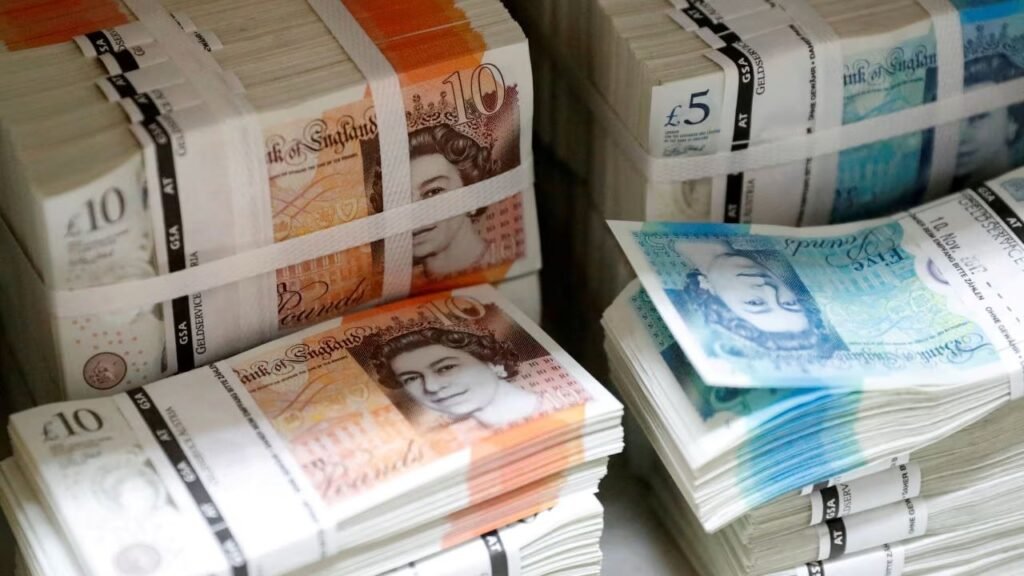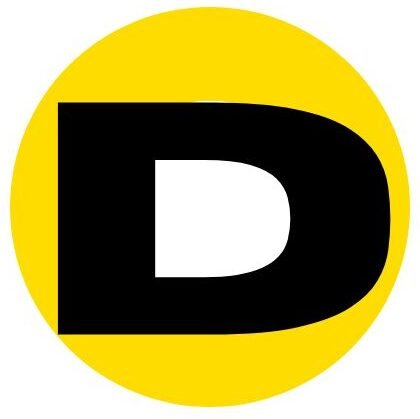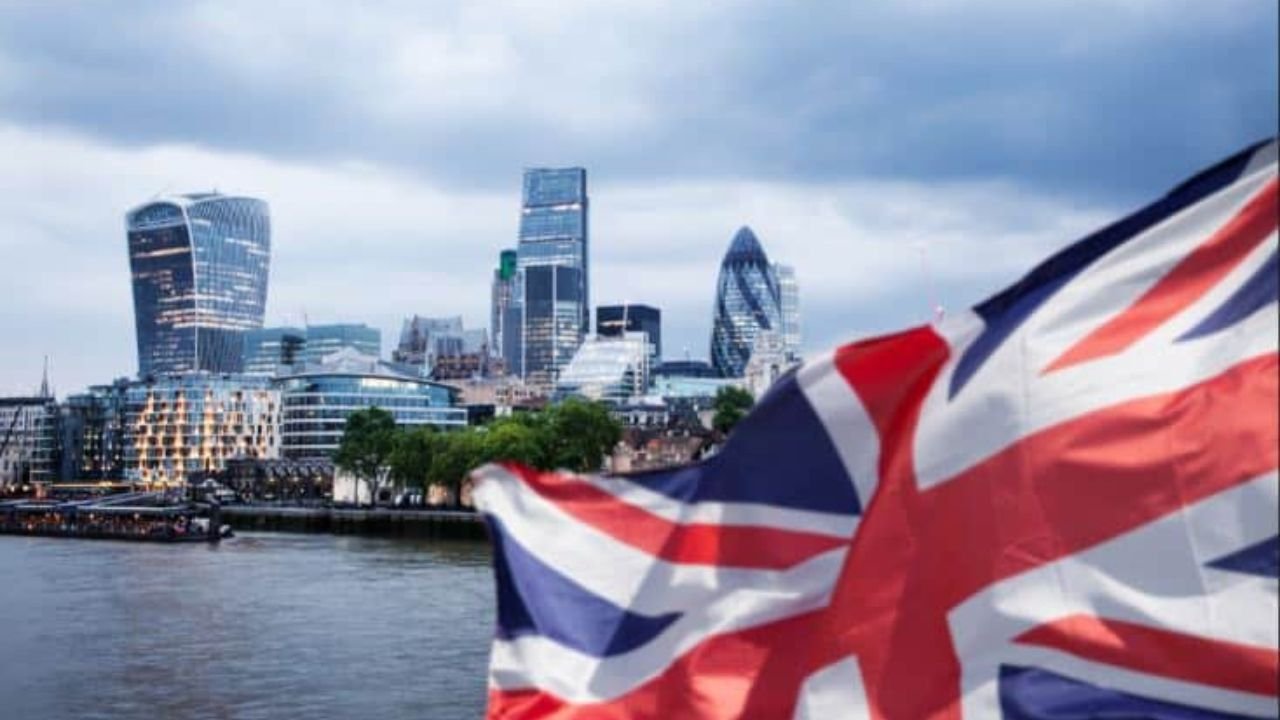The latest figures from the Office for National Statistics (ONS) reveal that government borrowing last month was the highest it has been in five years, creating fresh challenges for Chancellor Rachel Reeves. The last time borrowing levels reached this point was in 2020 during the peak of the COVID pandemic, when emergency measures such as the furlough scheme were in place.
Rising Income, But Even Higher Spending
According to the ONS, tax and national insurance receipts have risen compared to last year, showing that more money is flowing into government coffers. However, these increases have been outweighed by higher spending commitments, including funding for public services, social benefits, and spiraling interest payments on national debt. The result was an £18 billion gap between spending and income in August, significantly higher than the £12.75 billion deficit expected by economists.
Revisions Add to the Pressure
Adding to the strain, the ONS also revised earlier data, revealing that borrowing in July was much higher than initially estimated. Figures were adjusted from £1.1 billion to £2.8 billion. Similarly, borrowing for the first quarter of the financial year was revised upwards to £65.8 billion from £59.9 billion, underscoring the government’s worsening fiscal position.
Interest Costs on the Rise

One of the biggest pressures comes from the rising cost of servicing debt. In August alone, the government spent £8.4 billion on interest payments. This increase is a reflection of higher borrowing costs across global markets, which make it more expensive for the government to issue new debt.
A Political Test for the Chancellor
The growing deficit poses a significant political challenge for Chancellor Reeves as she prepares her November budget. She has pledged to maintain strict fiscal rules, including reducing overall government debt and balancing the budget by 2030. Meeting these commitments, however, may prove increasingly difficult in light of the mounting borrowing figures.
Tax Rises on the Horizon
Experts warn that “stealth” and “sin” taxes could be used to plug the gap between spending and revenue. These include measures such as increases in duties on alcohol, tobacco, and other targeted areas that tend to face less public resistance compared to headline tax hikes. However, any form of tax increase could still spark political controversy, especially during a time when households are already feeling financial pressures.
As borrowing continues to climb and debt servicing costs weigh heavily on public finances, the government will likely face tough decisions in the months ahead. With the November budget fast approaching, all eyes are on Reeves to see whether she sticks to her fiscal promises or chooses to prioritize short-term relief through higher taxes. Either way, the figures paint a challenging picture for the UK’s economic outlook.

